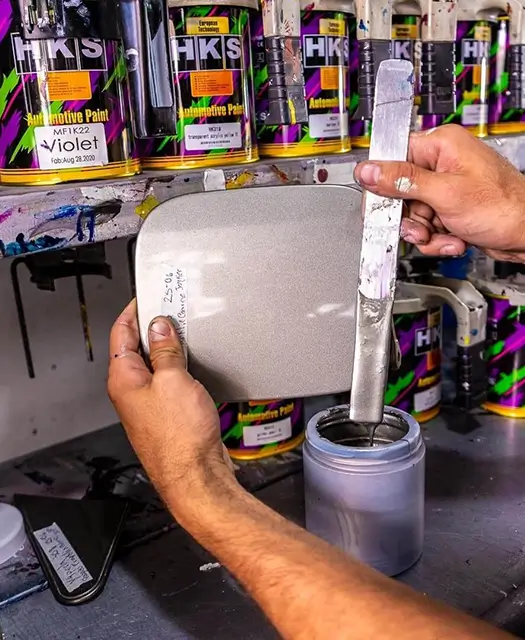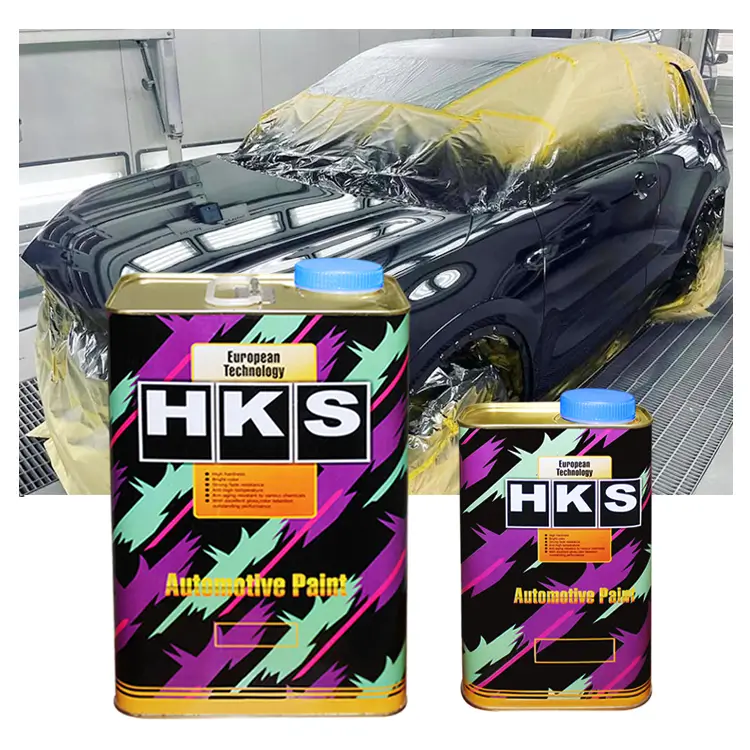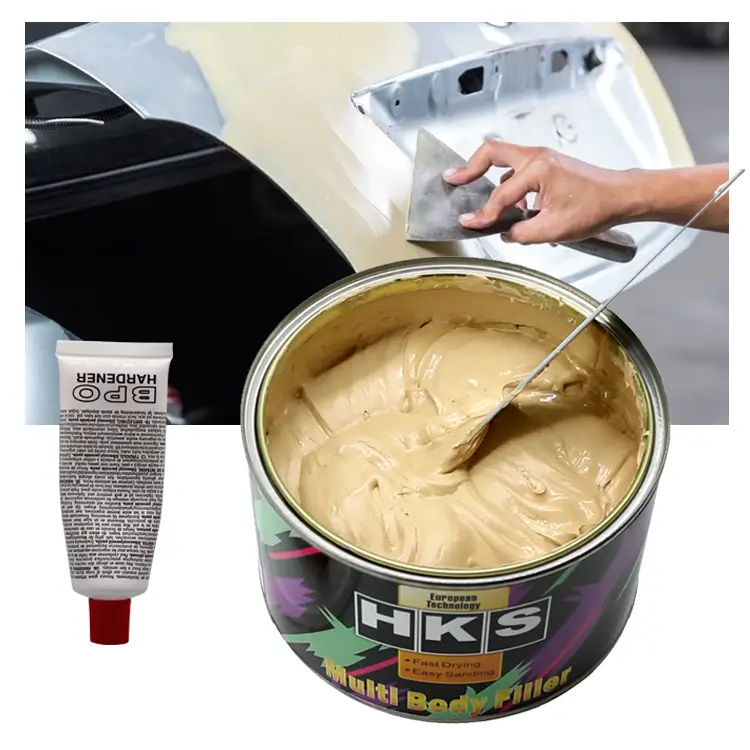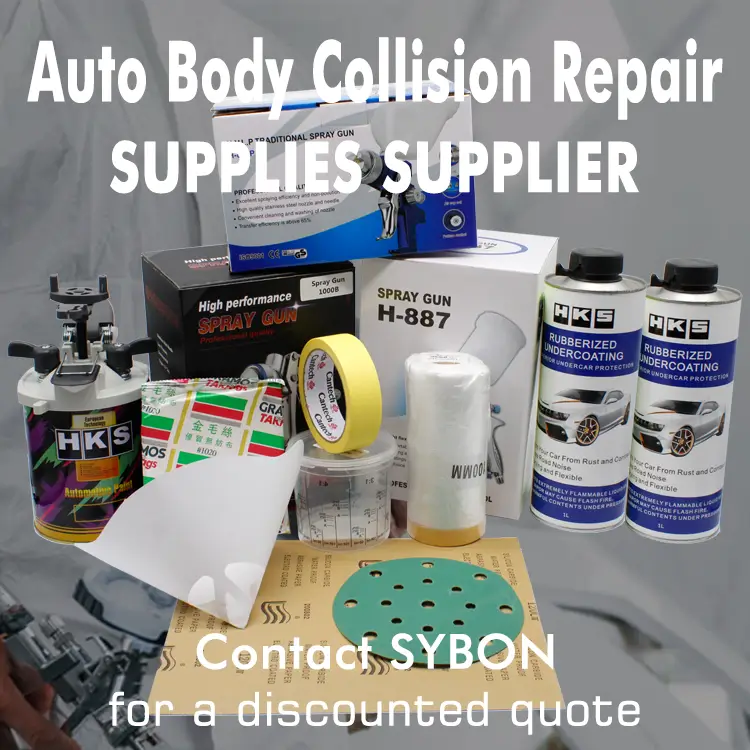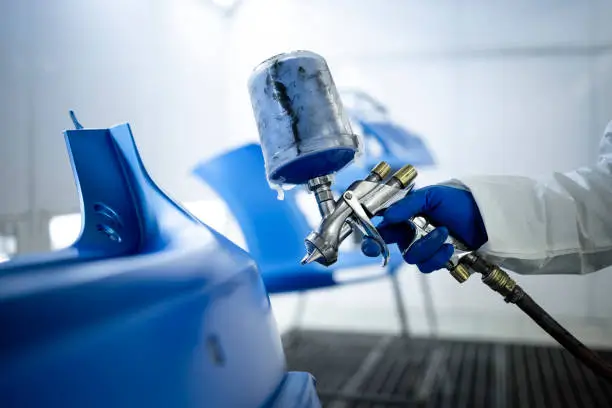
The Comprehensive Guide to Car Paint Restoration Cost: How to Revitalize Your Vehicle Without Breaking the Bank
When it comes to restoring the paint on a vehicle, the cost can vary significantly depending on several factors. Car paint restoration is a crucial aspect of automotive maintenance, especially for car enthusiasts and those who want to keep their vehicles looking like new. This article will explore the various factors that influence the car paint restoration cost and offer insights into how you can ensure the best possible results while controlling your expenses.
For importers, paint shop owners, or automotive repair center managers looking to expand their business and improve profit margins, offering top-quality automotive paints can be a game-changer. If you are interested in becoming a distributor or simply want to test our products, we welcome you to request samples. Contact us via our website, and we will respond within 24 hours. Together, we can help you enhance your business success.
Understanding Car Paint Restoration: What It Entails
Car paint restoration goes beyond a simple wash or wax. It's a process designed to bring the original luster and shine back to the car's exterior, typically after years of wear, tear, exposure to the elements, and minor surface damage. This can involve anything from polishing and buffing to repainting the entire vehicle.
The cost of car paint restoration is influenced by several key factors:
1. Extent of Damage: The level of paint damage, whether it involves scratches, oxidation, fading, or peeling, plays a significant role in determining the total cost.
2. Type of Paint Used: Some paints, like metallic or pearlescent finishes, are more expensive than standard solid colors.
3. Labor Costs: The hourly rate for labor can vary depending on the skill level of the technician and the region where the service is performed.
4. Materials Used: Beyond the paint itself, restoration may require primers, sealants, and clear coats, all of which add to the cost.
Let’s break these down further to give you a clearer picture of what influences car paint restoration costs.
Factors Affecting Car Paint Restoration Cost
1. Type and Quality of Paint
The choice of paint significantly affects the restoration cost. Automotive paints come in different types, including:
1. Single-Stage Paint: This paint combines the color and the clear coat in one application. It's relatively affordable but doesn’t offer the same durability and shine as multi-stage paints.
2. Two-Stage Paint: The more popular option for a high-quality finish, two-stage paint involves applying a base coat followed by a clear coat. This method provides better protection against UV rays and environmental factors but comes at a higher price.
3. Metallic and Pearl Paints: These specialty paints add depth and shimmer to a vehicle's finish but are considerably more expensive. They require expert application to ensure an even appearance.
The quality of paint you choose also matters. Lower-quality paints may cost less upfront but tend to fade faster, leading to additional restoration costs in the future. High-quality paints provide longer-lasting finishes and more protection, ultimately reducing the need for frequent restorations.
2. Surface Preparation
Before painting, the surface of the vehicle must be properly prepared. This may include:
1. Sanding: To remove any old paint or imperfections.
2. Filling: Using putty or filler to smooth out dents and deep scratches.
3. Priming: Applying a primer to help the new paint adhere better.
The more extensive the preparation work, the higher the overall cost. For example, if your car has significant surface damage or rust, the labor involved in preparation will be more intensive, which can drive up the cost.
3. Labor Costs
The cost of labor is another substantial factor in car paint restoration. Professional painters charge by the hour, and their rates vary depending on experience, location, and the complexity of the job. A highly skilled technician will charge more but will likely produce a superior finish.
It’s important to remember that car paint restoration is labor-intensive. Between surface preparation, multiple coats of paint, and polishing, the entire process can take several days. Labor costs typically account for a large portion of the total price.
4. Size of the Vehicle
The size of the vehicle is another key factor that influences the restoration cost. Larger vehicles, like trucks or SUVs, require more paint and more labor than smaller vehicles, like compact cars or motorcycles.
5. Extent of Restoration Required
The cost will also depend on whether the restoration involves a full repaint or just a touch-up of specific areas. A full repaint will obviously be more expensive since it covers the entire vehicle surface. However, partial repainting (such as fixing a few scratches or dealing with faded areas) will be significantly less expensive.
In some cases, you might only need buffing or polishing to restore the shine to the existing paint. This process is less invasive and less expensive than repainting but is only suitable if the paint is still in relatively good condition.
Average Costs of Car Paint Restoration
To give you a better idea of the car paint restoration cost, here are some general price ranges:
1. Minor Touch-ups and Scratch Removal: This can cost anywhere from $100 to $500, depending on the extent of the damage and the type of paint used.
2. Full Paint Restoration (Polishing and Buffing): If your car’s paint has faded but is otherwise intact, you can expect to pay between $500 and $1,000 for polishing, buffing, and clear coat restoration.
3. Partial Repainting: Repainting a portion of the car, such as a door panel or bumper, typically costs between $500 and $1,500.
4. Full Repaint: A full repaint with high-quality paint and professional labor can cost anywhere from $1,000 to $5,000 or more, depending on the size of the vehicle and the type of paint used.
Tips to Save on Car Paint Restoration Costs
1. Preventative Maintenance
One of the best ways to save on restoration costs is to maintain your vehicle's paint from the start. Regular washing, waxing, and applying protective sealants can help preserve the paint and prevent damage from UV rays, pollution, and road debris.
2. DIY Touch-ups
If the damage to your vehicle’s paint is minor, you may be able to handle some of the restoration work yourself. Small scratches and dings can often be fixed with DIY touch-up kits, which are available at most automotive supply stores.
3. Choose a Reputable Shop
While it might be tempting to go with the lowest bidder, it’s important to remember that you get what you pay for. Choosing a reputable shop with experienced technicians will ensure that the work is done correctly the first time, saving you money in the long run.
4. Consider Partial Restoration
If your budget doesn’t allow for a full repaint, consider partial restoration. In many cases, only specific areas of the vehicle need attention, which can significantly reduce the cost.
Enhancing Business Opportunities for Importers, Paint Shop Owners, and Repair Centers
For importers, automotive paint shop owners, and repair center managers, offering top-quality car paint products can help attract new customers and improve profit margins. By becoming a distributor for premium paint products, you can offer your clients superior results and build a reputation for excellence.
At SYBON, we provide high-quality automotive paints and restoration products that are trusted by professionals worldwide. If you are interested in testing our products or becoming a distributor, we invite you to request samples. Our team is ready to assist you and help you take your business to the next level.
Simply contact us through our website, and we will respond within 24 hours. We are committed to working with you for mutual success, providing exceptional products that will enhance your business operations and increase profitability.
Conclusion
The cost of car paint restoration can vary depending on a number of factors, but by understanding the process and knowing what to expect, you can make informed decisions about restoring your vehicle’s paint. Whether you are dealing with minor scratches or planning a full repaint, investing in quality products and professional labor will ensure that your car looks its best for years to come.
If you're in the automotive industry and looking to expand your product offerings, SYBON is here to help. We encourage you to contact us for sample requests or distributor inquiries. Let's work together to elevate your business and provide your customers with the best in car paint restoration.

Source of this article:https://www.supersybon.com
Get to know us through more channels:

